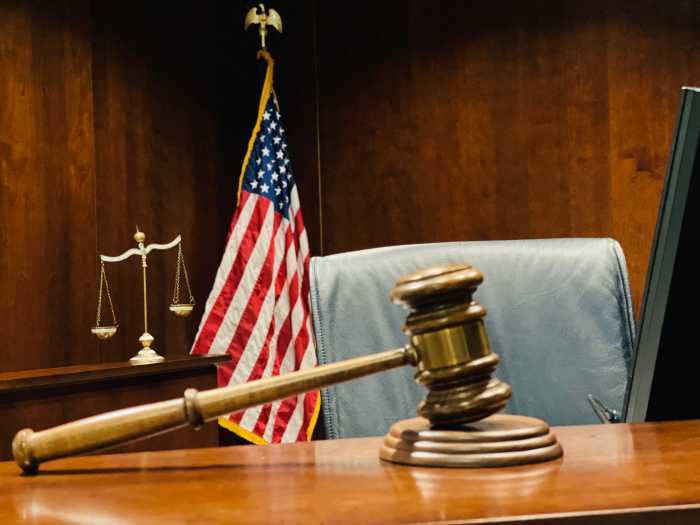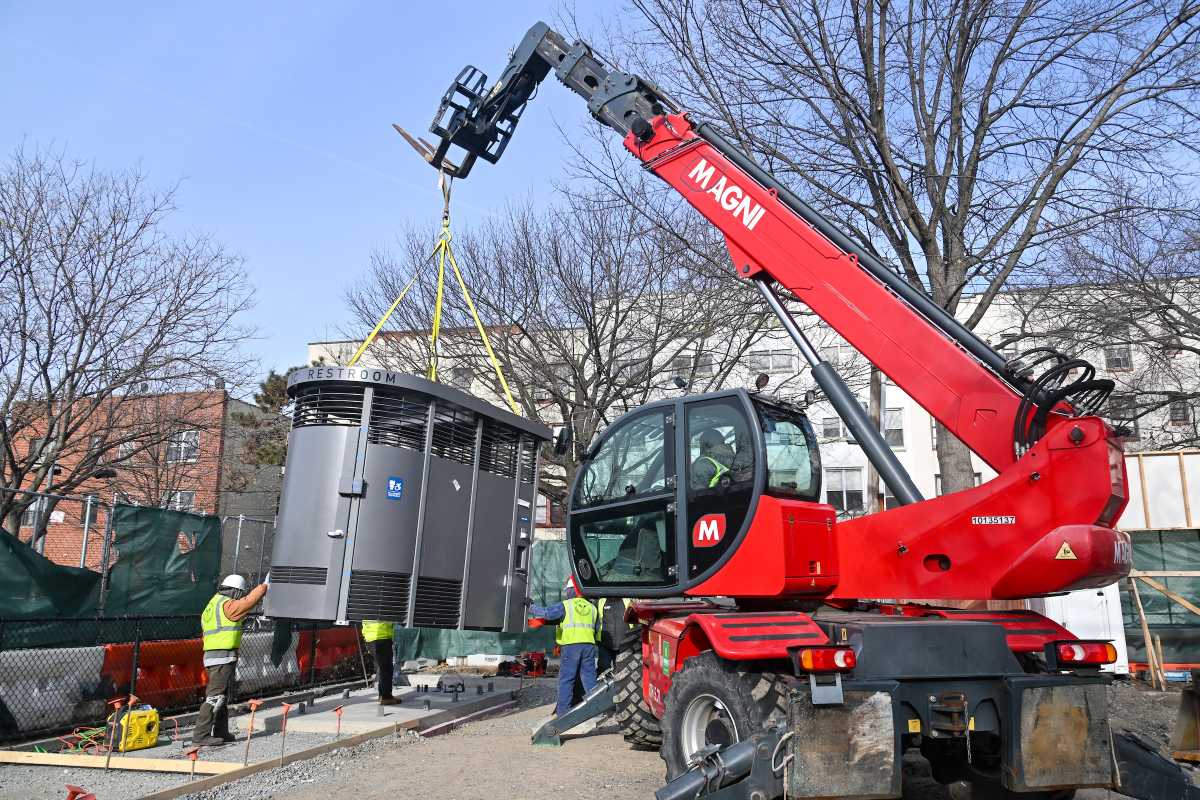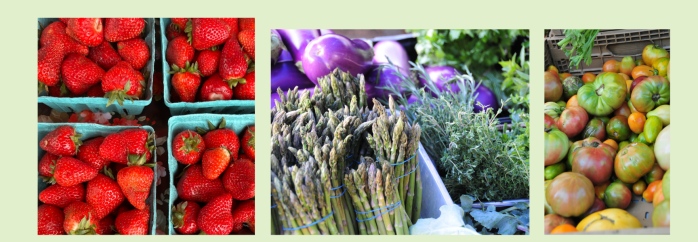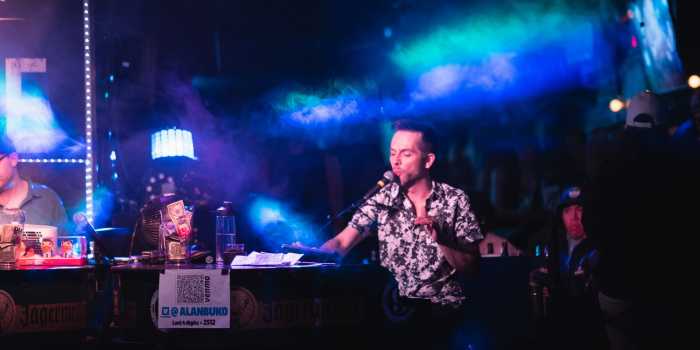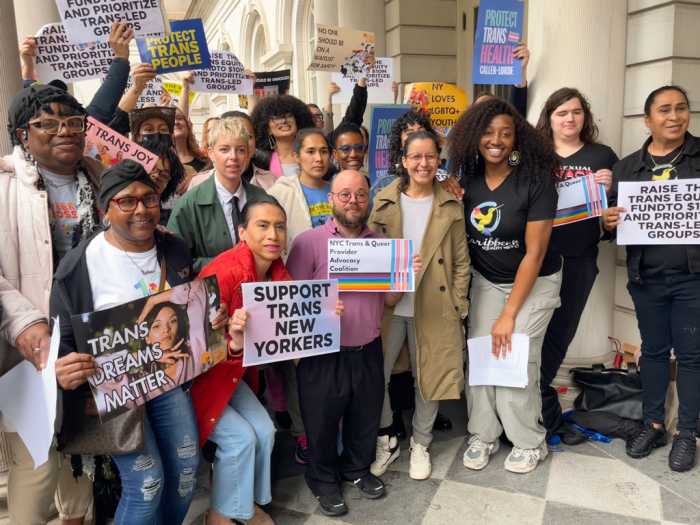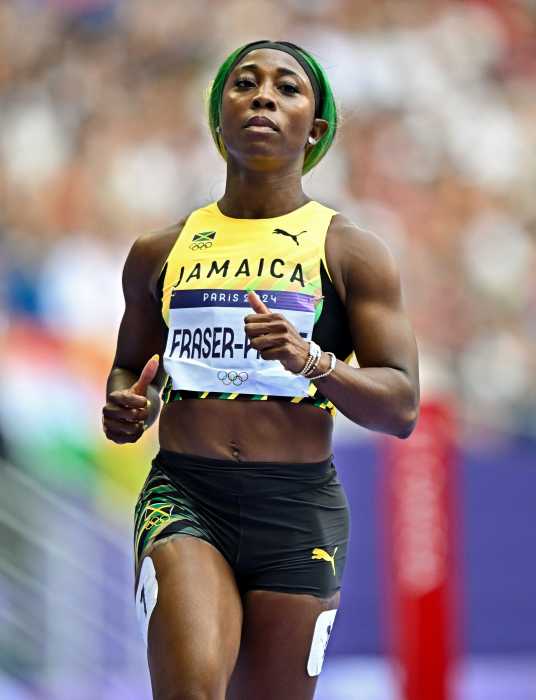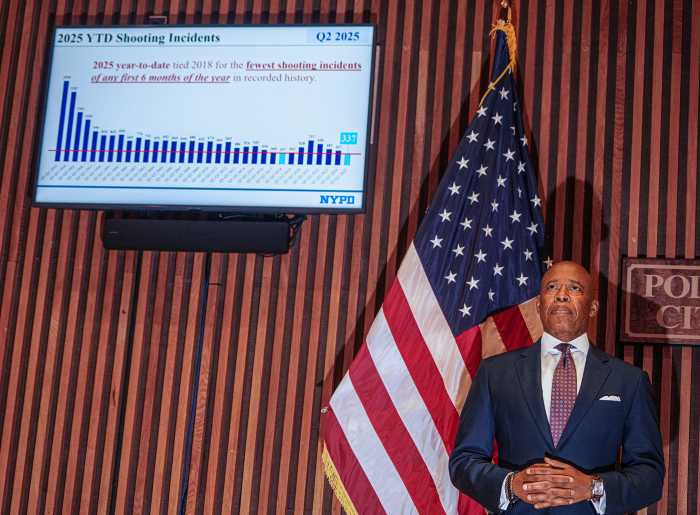City Councilmember Lew Fidler has proven to be a productive lawmaker and an even better son.
Fidler lobbied successfully to get a $1 million city allocation for a house in Fidler-Wyckoff Park, named in part after his father, Milton M. Fidler.
The park, located on Clarendon Road and Ralph Avenue in East Flatbush, houses the city and nationally landmarked Wyckoff House – the city’s oldest – built in 1652 by Dutch farmer Peter Claesen Wyckoff.
“The park is named after my father,” admitted Fidler. “It was named after him in the very early 1980s right after he died. He played a very central role in saving the house from destruction,” he added.
Fidler explained that when he was growing up the house was becoming derelict, surrounded by junkyards in the 1970s and 80s. The Wyckoff family lived in the house until the 1960s and after they moved out a fire partially destroyed it, he said.
“It was really in danger of going the way of history and the community. My father was active in the community and led the fight to have the house saved,” said Fidler.
Wyckoff House and Association Executive Director Mary Ann Feeney said the $1 million allocation will be grouped with past city and state allocations to pay for the $3 million Wyckoff Durling, a 19th century barn structure that was dismantled in New Jersey.
“It will be brought here to our site in East Flatbush and will be reassembled where the bones of the barn will be seen from the inside,” said Feeney.
“Upon completion, it will house our education and community center and will host adult programs and our offices will be in the lower quarter. Right now we’re on a trailer in the site,” she added.
Feeney said while most of the project is now paid for, additional money is still needed for interior design, outfitting and some construction costs.
The Wyckoff House is one of 22 houses in the five boroughs that is a member of the New York City historic house trust.
The original interior timber has been restored and the attic and cellar are exactly the way it was in 1652, although the house was extended in 1740 and again in 1820, she said.
Feeney said a bathroom was also added as part of the interior museum and the house can hold about 20 children for class trips.
The neighborhood was once known as Nieuw Amersfort, she said, and the town of Amersfort in the Netherlands will celebrate their 750th birthday next year. The fathers of that town want to have a joint celebration in this neighborhood, Feeney said.
Feeney explained that Brooklyn was originally settled as a farming community to feed the growing town of New Amsterdam, which is now Manhattan.
The borough was originally made up of six towns including the English settlement of Gravesend, and the Dutch settlements of Breukelen (now from Brooklyn Heights to about Prospect Park), Bushwick, Flatbush, Flatlands and New Utrecht, she said.
Feeney said the original Wyckoff family homestead was 40 acres.



